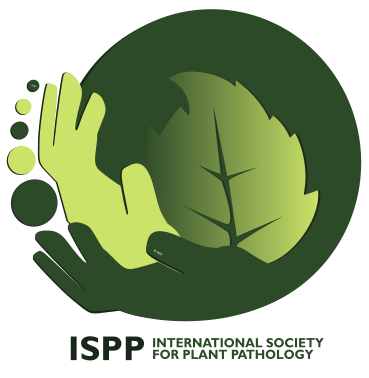|
Committee
on Common Names of Plant Diseases
As announced in the October 1999 issue of the ISPP Newsletter 29
(5): 2, ISPP appointed its 21st committee, the Committee for Common Names
of Plant Diseases (ISPP-CCN). This Committee will work with plant
pathologists worldwide to establish principles (guidelines) for the naming
of new plant diseases. Also, where multiple names, sometimes as many as 7
or 8 names, are being used for the one disease, the Committee will
undertake discussion aimed at choosing the most appropriate name. The aim
is to encourage the use of common names which describe a major symptom of
a disease in words which are internationally meaningful. Eventually lists
of internationally approved common names of plant diseases will be
produced, which will assist authors, editors, quarantine officers and
others communicating internationally. These lists will be placed on this
ISPP-CCN website.
This committee is no longer active.
Common Names of Diseases
For each host there are two lists:
1) An alphabetical list of common names of diseases, together with the name of the pathogen or cause;
and
2) An alphabetical list of pathogens (grouped under Bacteria, Fungi, Viruses and Unknown Agents), together with the disease
name(s) and recent literature references.
Lists are available for the following hosts:
AIMS
A) To recommend Principles
(guidelines) for the naming of new plant diseases.
The eight Principles recommended are:
1. It is the disease, not the pathogen, which is being named.
2. The common name of a disease should be one which an ordinary person,
such as a grower, can use readily; it is not designed primarily for
specialist pathologists, mycologists, etc.
3. The common name of each important disease of a host should be unique.
4. A common name should indicate a prominent symptom (conspicuous
abnormality) caused. In some cases a pathogen group name, e.g., powdery
mildew, can be used where the pathogen is readily detected and contributes
substantially to the symptoms.
5. The introduction of a part of the pathogen's binomial, usually the
generic term, is undesirable; it should be used sparingly.
6. There can be two or more names for one crop-pathogen interaction,
provided the syndromes (complex of symptoms) are clearly different (e.g.
"mosaic" and "red stripe" of different sorghum
genotypes, both diseases caused by Johnsongrass mosaic virus).
7. The same common name should be used for all similar diseases of
different hosts when the pathogen is the same (e.g. wilt diseases caused
by Ralstonia solanacearum should all have the same name, e.g.
"bacterial wilt").
8. A common name should be internationally meaningful. The use of a
geographical place name, e.g. Dutch elm disease, or a compass direction,
e.g. southern blight, or a person's name e.g. Pierce's disease, or other
words of largely local or national significance should be discouraged.
B) To approve common names of plant diseases considered to be
appropriate.
A sub-committee of pathologists has recommended a list of common names
of diseases of sugarcane. This list has been placed on this website (see link above). Other lists will follow, the next to be diseases of banana.
C) To establish, circulate and encourage the use of lists of
internationally approved common names of plant diseases.
WORKING RULES
The eight Working Rules of the Committee are as follows:
1) The approved names will initially be in English.
2) Names in other languages will be approved later as required.
3) Only important diseases will be considered for internationally
approved common names.
4) Only well-investigated diseases will be considered for
internationally approved common names.
5) Lists of proposed approved common names of plant diseases for each
host plant will be recommended by subcommittees appointed by the
Committee.
6) The lists of proposed approved common names will be posted on the
Internet and comments invited.
7) In approving common names, the Committee will consider whether the
name is:
a. consistent with the Principles and Working Rules.
b. in common use.
c. easy to use.
d. acceptable to the majority of plant pathologists and others who will be
using the name.
8) The Committee will post lists of internationally approved common
names on the Internet.
|

